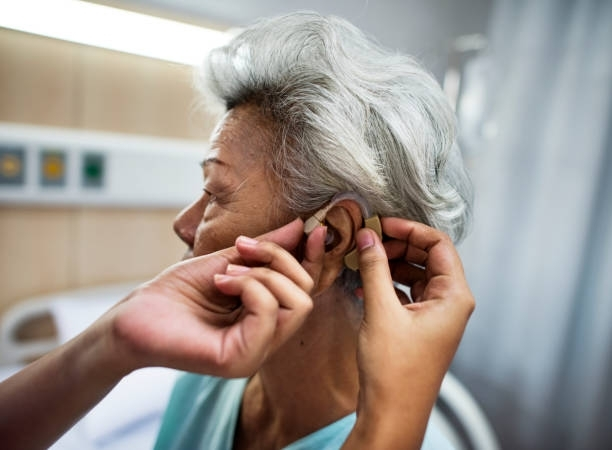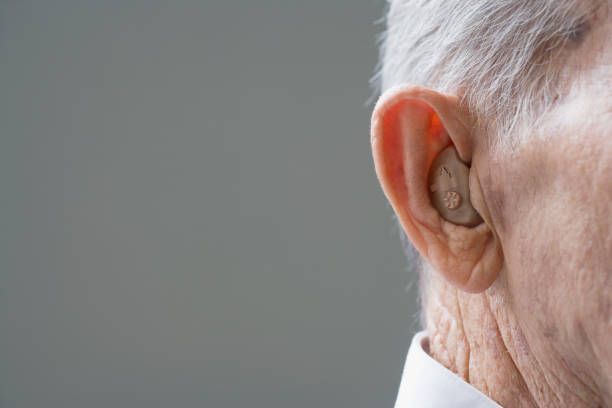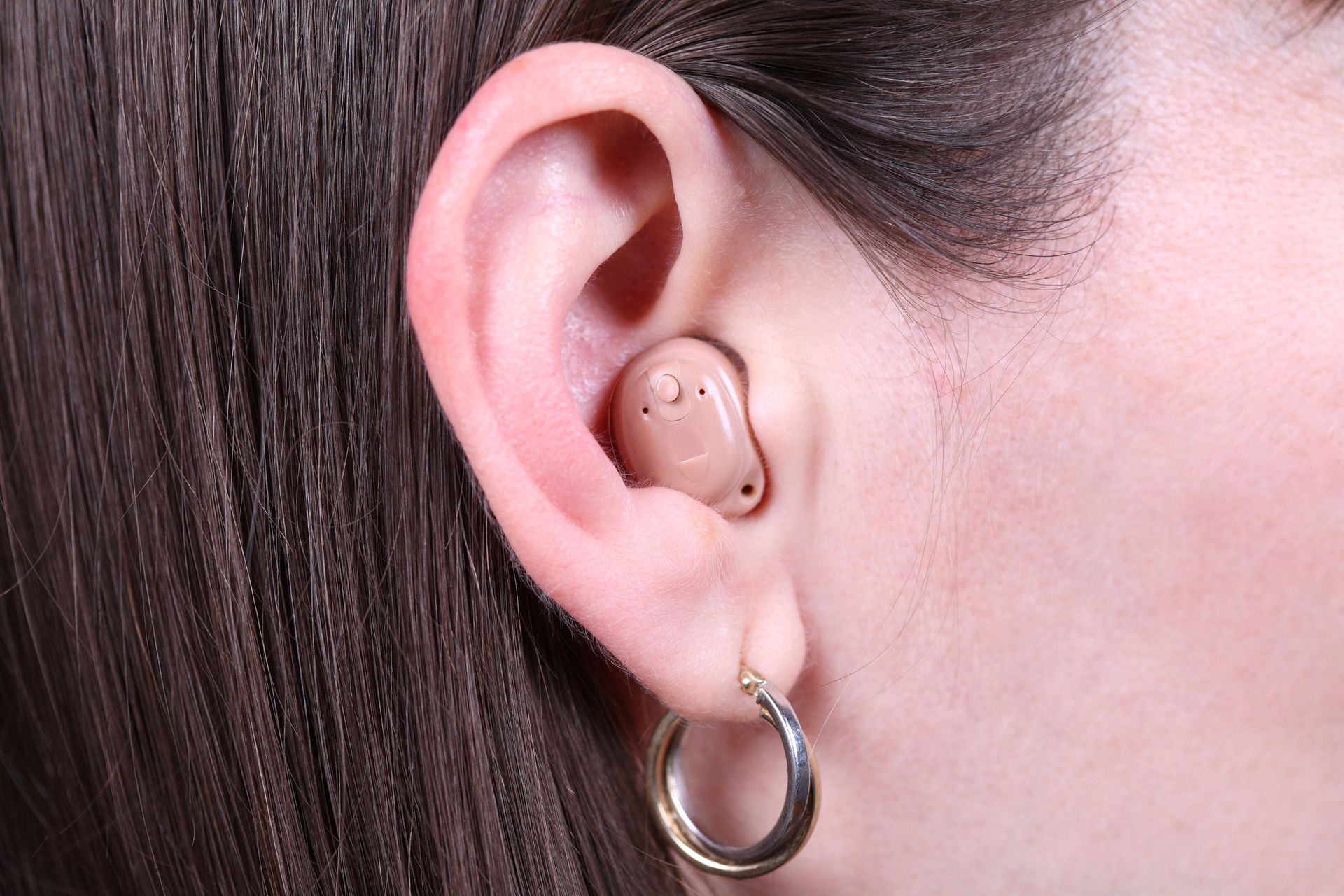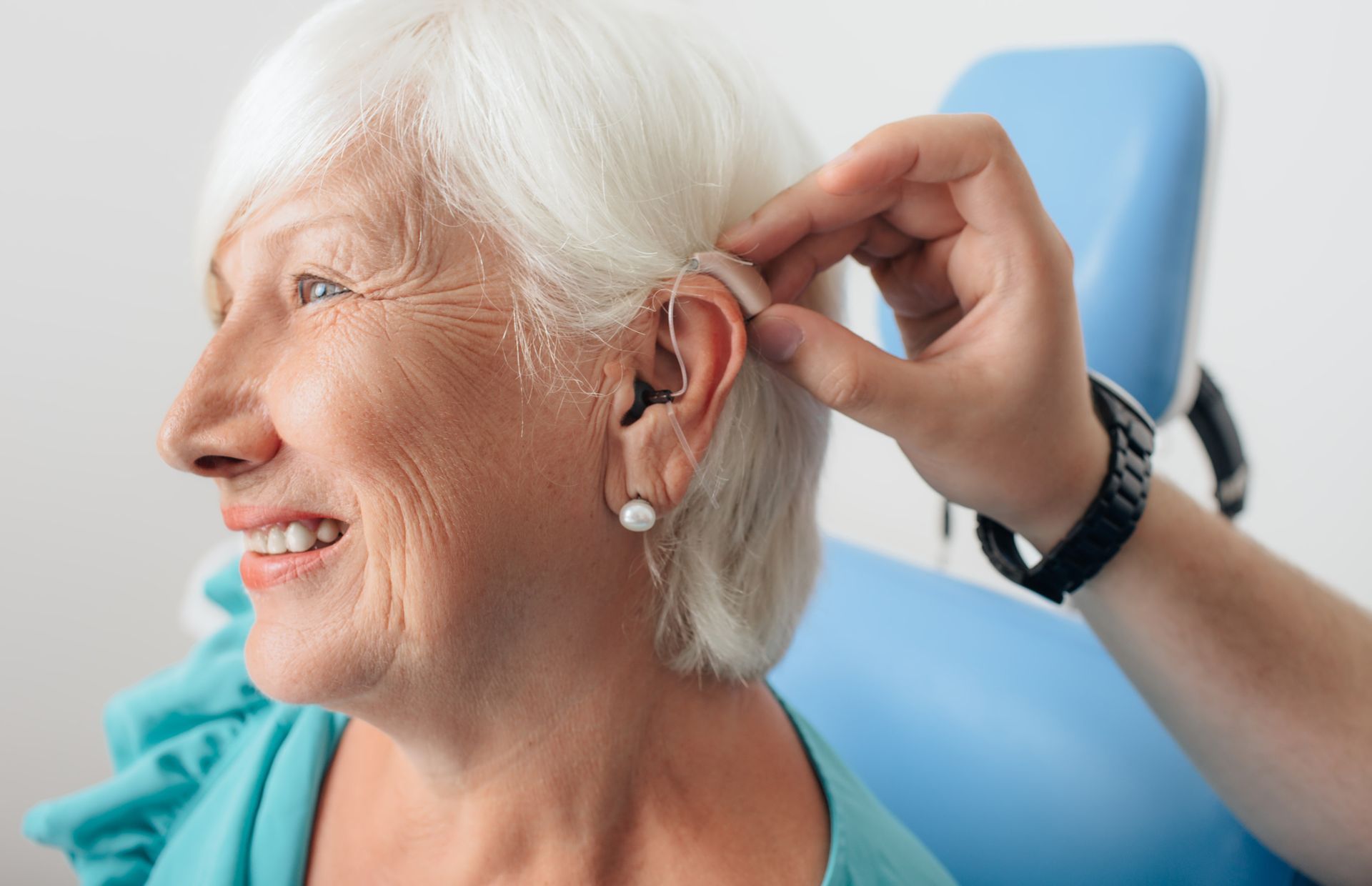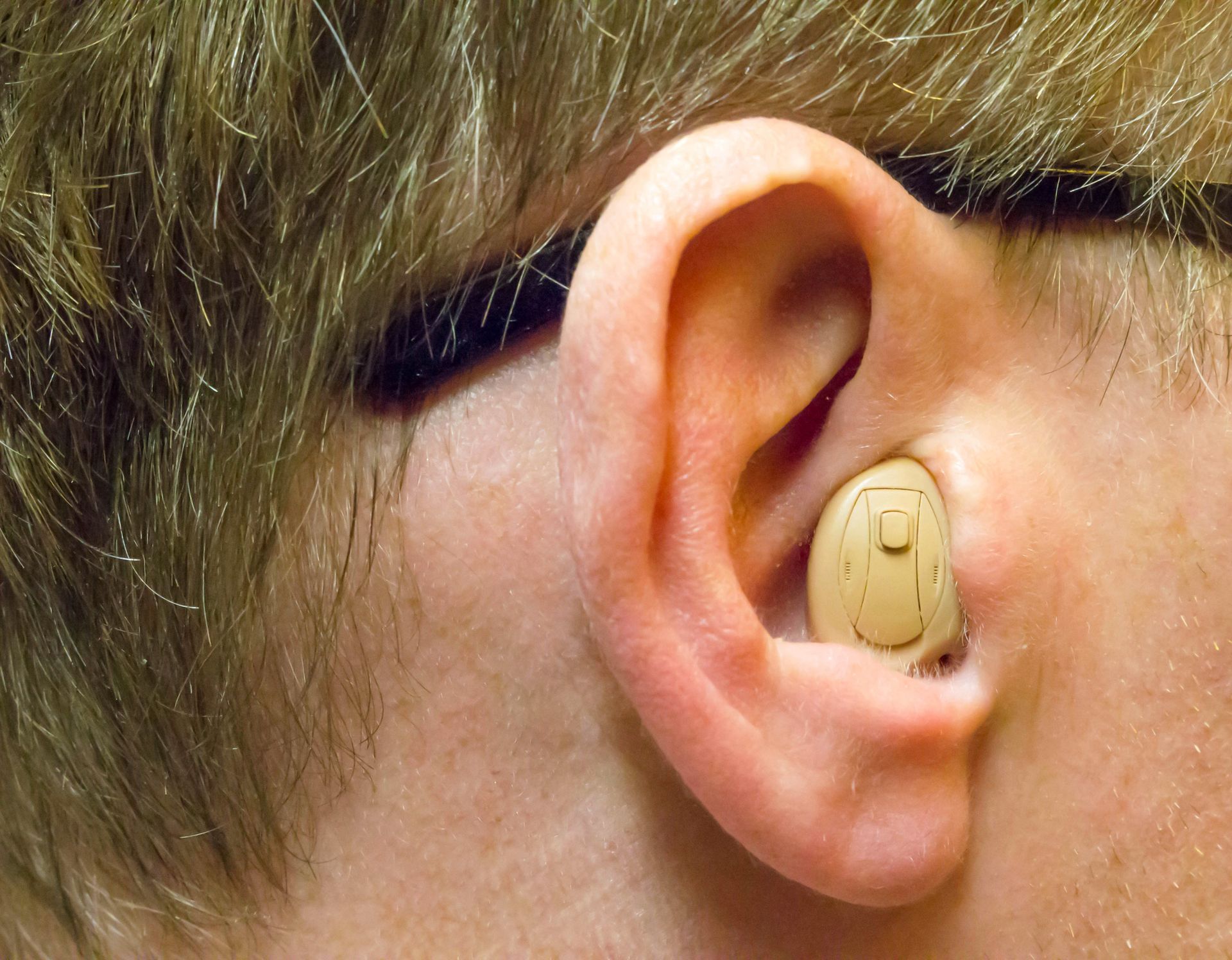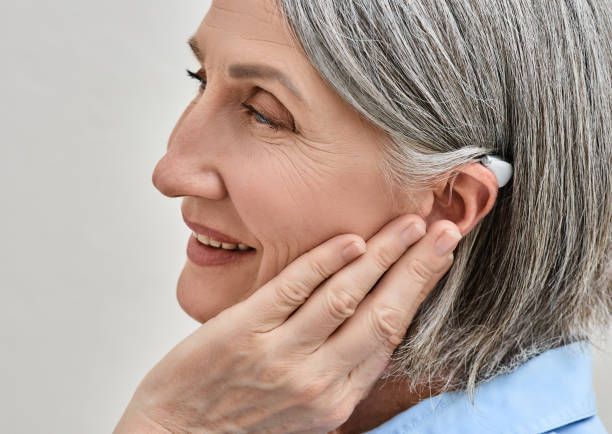BTE devices have a small plastic case that fits behind the ear and conducts sound to the ear canal, usually through an ear mould that is custom-made. BTEs can be used for mild to profound hearing loss and are especially useful for children because of their durability and ability to connect to assistive listening devices such as classroom FM systems.
Their colours range from very inconspicuous skin tones for adults to bright colours and optional decorations for children. Recent innovations in BTEs include miniature "invisible" BTEs, otherwise known as Micro BTEs, with thin, hair-like sound tubes (see open-fit devices below). These are often less visible than in-the-ear (ITE), and some keep the ear canal more open, so listeners may still utilise their residual natural hearing (which is most helpful for those with normal hearing in the lower frequencies). Ideal for high-frequency losses, these miniature versions are generally used for mild to moderate hearing loss.

